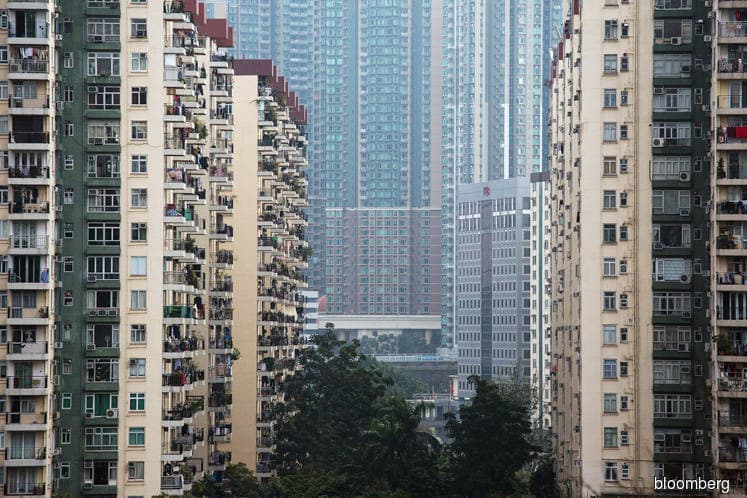
This article first appeared in The Edge Financial Daily on February 27, 2018
ThiRTY-four per cent of households in low-cost flats in Kuala Lumpur that are entitled to Bantuan Rakyat 1Malaysia (BR1M) cash handouts did not receive it, according to a study by Unicef Malaysia and DM Analytics.
“It’s a matter of inclusion. [These households] don’t have social protection,” said Dr Muhammed Abdul Khalid, managing director and chief economist of DM Analytics.
Having surveyed 966 households, of which 78% earn below the maximum threshold of RM4,000 that entitles them to the financial aid, the study found that as many as 45% of those earning between RM3,000 and RM3,999 did not receive BR1M handouts.
“The figure [of those receiving it] should be 100%, but a lot of them say they do not have enough information on how to apply,” said Muhammed at the launch of the report yesterday.
Conversely, 46% of households earning between RM4,000 and RM4,999 and 35% of households earning RM5,000 and above, received BR1M handouts although they were not entitled to it.
What is worrying is that some of the families that did not receive the aid were entirely dependent on such assistance.
One respondent shared that she depended on BR1M handouts and other forms of financial aid to feed her family as her husband was too ill to work and she was unemployed due to having to care full-time for her youngest of three sons.
Worse still, 77% of the households surveyed have no savings and less than 4% of households received zakat or assistance.
The study also found that 33% of respondents have no social safety net in the form of savings in the Employees’ Provident Fund, Social Security Organisation or medical and life insurance.
The findings are underscored by the fact that relative poverty, which is considered as those earning below RM2,614 — which is half of the national median household income of RM5,228 — stands at 54% for residents of Kuala Lumpur’s low-cost flats.
“When you use the Kuala Lumpur median income of RM4,536, relative poverty shoots up to 84%,” Muhammed said.
In absolute terms, while official statistics show that poverty has been eradicated in Kuala Lumpur, 7% of respondents live below the poverty line, the report said.
Worse still, in relative terms and adjusted for household size, almost all children living in the low-cost flats covered by the study live in relative poverty.
Unicef Malaysia recommended that universal childcare allowance be introduced as a social protection floor, which would see handouts being distributed on the basis of every child below the age of two.
Although existing policies administered by government ministries have targeted nutrition and financial assistance for children, Mohammed stressed that the outcome of these measures had not been monitored.
For example, the ministry of education provides monetary assistance and private preschool tuition fee assistance annually for households with income per capita below RM500, food assistance for poor students, as well as free milk distribution to schools.
Meanwhile, the ministry of women, family and community development hands out children allowance amounting to RM100 per child monthly with a maximum of RM450 per month for households with more than four children.
The women, family and community development ministry’s policy and strategic planning division undersecretary Chua Choon Hwa said there is a need for greater inter-agency collaboration within the government itself in order to come up with solutions to poverty and poor malnutrition.
“The report is a wake-up call to our ministry that more needs to be done to fill in the gaps,” he said at a panel discussion during the launch of the report yesterday.
Deputy representative and senior social policy specialist at Unicef Malaysia Dr Amjad Rabi, meanwhile, called for more supply-side assistance from the private sector. He stressed that all parties need to collaborate in order to eradicate child poverty.